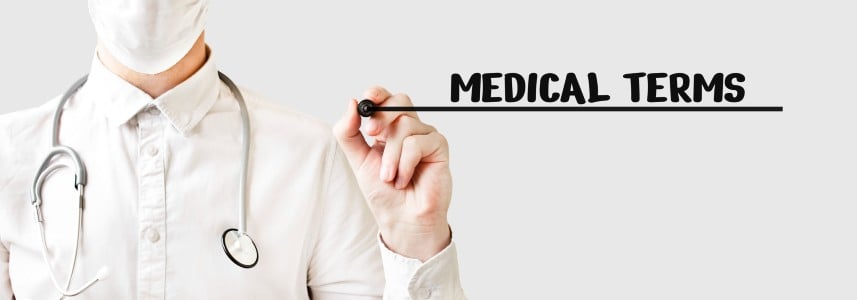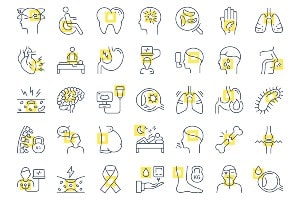About IVC (Intravenous Cholangiogram)

Learn about the disease, illness and/or condition IVC (Intravenous Cholangiogram) including: symptoms, causes, treatments, contraindications and conditions at ClusterMed.info.
IVC (Intravenous Cholangiogram)

| IVC (Intravenous Cholangiogram) |
|---|
IVC (Intravenous Cholangiogram) InformationHow is an intravenous cholangiogram done?To do an IVC, an iodine-containing dye is injected intravenously into the blood. The dye is then removed from blood by the liver which excretes it into the bile. The iodine is concentrated enough just as it is secreted into bile that it does not need to be further concentrated by the gallbladder in order to outline the bile ducts and any gallstones that may be within them. The gallbladder is not always seen on an IVC since the iodine-containing bile may bypass the gallbladder entirely and empty directly into the small intestine. What are the risks of an intravenous cholangiogram?Occasional serious allergic reactions can occur to any iodine-containing dye. These reactions can usually be treated but they rarely may result in the death of the patient. What is an intravenous cholangiogram (IVC)?The intravenous cholangiogram or IVC is a radiologic (x-ray) procedure that is used primarily to look at the larger bile ducts within the liver and the bile ducts outside the liver. The procedure can be used to locate gallstones within these bile ducts. IVC also can be used to identify other causes of obstruction to the flow of bile, for example, narrowings (strictures) of the bile ducts and cancers that may impair the normal flow of bile. When is an intravenous cholangiogram useful?The IVC is not used nearly as much today as it used to be. Its use always was limited because it did not work when there was more than a minimal amount of jaundice, and many of the conditions it was used for caused substantial jaundice. The IVC has been largely replaced by other diagnostic procedures -- by ERCP (endoscopic retrograde cholangiopancreatography), endoscopic ultrasound and, increasingly, by MRI cholangiography, none of which are affected by jaundice. |
More Diseases
A | B | C | D | E | F | G | H | I | J | K | L | M | N | O | P | Q | R | S | T | U | V | W | X | Y | Z
Diseases & Illnesses Definitions Of The Day
- Night Sweats in Children (Night Sweats) ‐
- Low Platelet Count (Thrombocytopenia (Low Platelet Count)) ‐ Can thrombocytopenia be prevented?, Decreased platelet production …
- False Labor (Braxton Hicks Contractions) ‐ Braxton Hicks contractions facts, What are Braxton Hicks contractions? …
- Encephalopathy ‐ Can encephalopathy be prevented?, Encephalopathy definition and overview …
- Pelvic Adhesions (Abdominal Adhesions (Scar Tissue)) ‐ Abdominal adhesions facts*, Can abdominal adhesions be prevented? …
- Stroke-like Episodes (MELAS Syndrome) ‐ Are there other mitochondrial diseases?, How is MELAS diagnosed? …
- Macular Degeneration ‐ Is it possible to prevent macular degeneration?, Macular degeneration facts …
- Palate Cancer (Oral Cancer) ‐ How is oral cancer diagnosed?, How is oral cancer treated?, Methods of treatment …
- Vein Inflammation (Phlebitis and Thrombophlebitis) ‐ Can phlebitis be prevented?, How is phlebitis diagnosed?, How is phlebitis treated? …
- Ephelides (Freckles) ‐ Are freckles inherited?, Are there home remedies for freckles? …